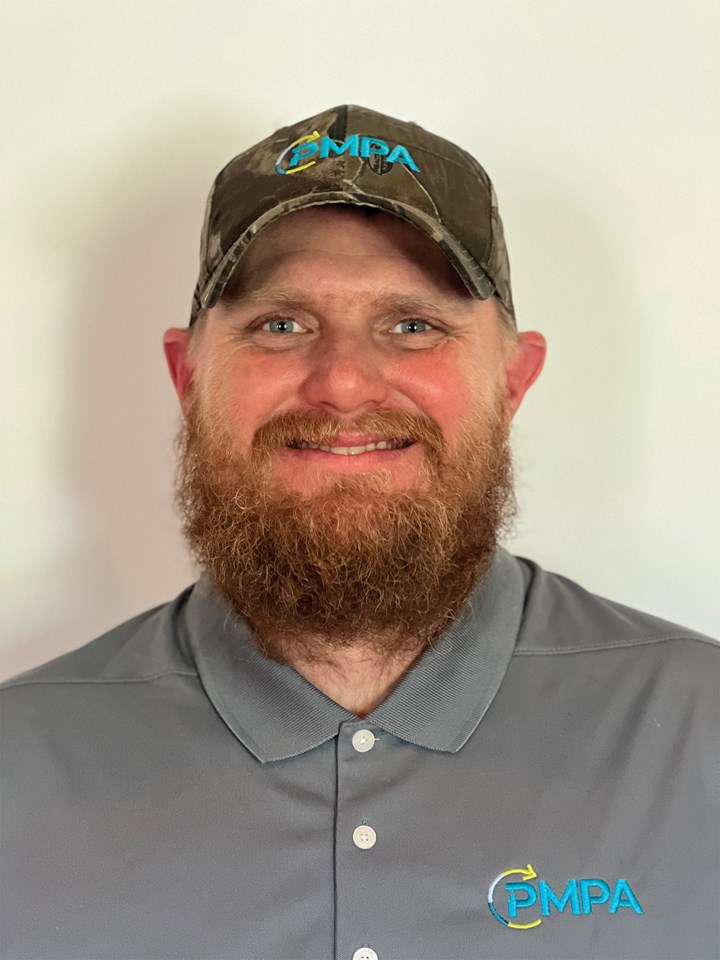Craftsman Cribsheet No. 127: How to Part Off Without a Sub-Spindle
It is important to understand how tooling affects a part when parting off on a machine that has no pickoff attachment.
When parting off on a machine that has no pickoff attachment, it is important to understand how tooling affects a part. How do I get this off without a hanging burr? Is it possible to part off with no burr without a pickoff? Can we eliminate secondary operations?
For years, companies have run screw machines without sub-spindles. There was an art to getting parts off without burrs. Modern technology, especially Swiss, has made the sub-spindle an integral part of our operations. However, there are still shops that produce parts on old screw machines. You may ask yourself why would I care about that? Well, the same techniques that work on those old screw machines will work on a basic three-axis lathe with no sub-spindle.
Shops are still running jobs every day on modern equipment without sub-spindle capabilities. It is possible the machine has a sub-spindle, but it is not being utilized because of the time factor. For example, a simple rivet that needs to be run less than 10 seconds. The sub-spindle gets in the way of cycle time. Now, a new method must be considered or face a deburring operation. Nobody wants to run a needless secondary.

Above is the chart I have produced by experimenting with angles on cutoffs. The sharper the angle, the more likely the part can come off burr-free. The balancing act? The flatter the edge, the better tool life because there is more rigidity. Think of a pencil. An extra-sharp pencil can do fine detail work, but quickly needs to be resharpened. A more rounded-point pencil can write for extended periods of time without needing resharpened, but sacrifices detail. Softer, more free-machining materials like 12L14 and 360 brass allow sharper cutting edges without sacrificing tool life.
The angle creates less radial pressure on the part, allowing the tool to cut longer without breaking the part off the bar with the burr still attached to the part. If the angle does not work, use a paper clip or wire attached to the toolslide to push the part at the very end of the feed to break the part off, leaving the burr on the bar. There is a bit of an art to getting it set correctly. I hope that the next time you get a burr on a machine without a sub-spindle, you do not accept defeat. Attack it head-on and get it done in one.
About the Author
David Wynn
David Wynn, MBA, is the PMPA director of technical services. He has over 20 years of experience in the areas of manufacturing, quality, ownership, IT and economics.
Email: dwynn@pmpa.org — Website: pmpa.org.
Related Content
-
Onshoring Weather Report: Strong Tailwinds!
Onshoring, reshoring, nearshoring: these terms are showing up with increasing frequency in the news and online. But is there evidence that these are real?
-
Craftsman Cribsheet No. 121: ISO Turning — What Does it All Mean?
How to make sense of all those different letters and numbers in ISO turning inserts.
-
Craftsman Cribsheet No. 126: AISI System of Identification
Source: PMPA Prior to the Society of Automotive Engineers taking responsibility for Steel Grade nomenclature in the United States (1995), the American Iron and Steel Institute determined U.S. standard steel grades in collaboration with SAE.














.jpg;maxWidth=300;quality=90)

